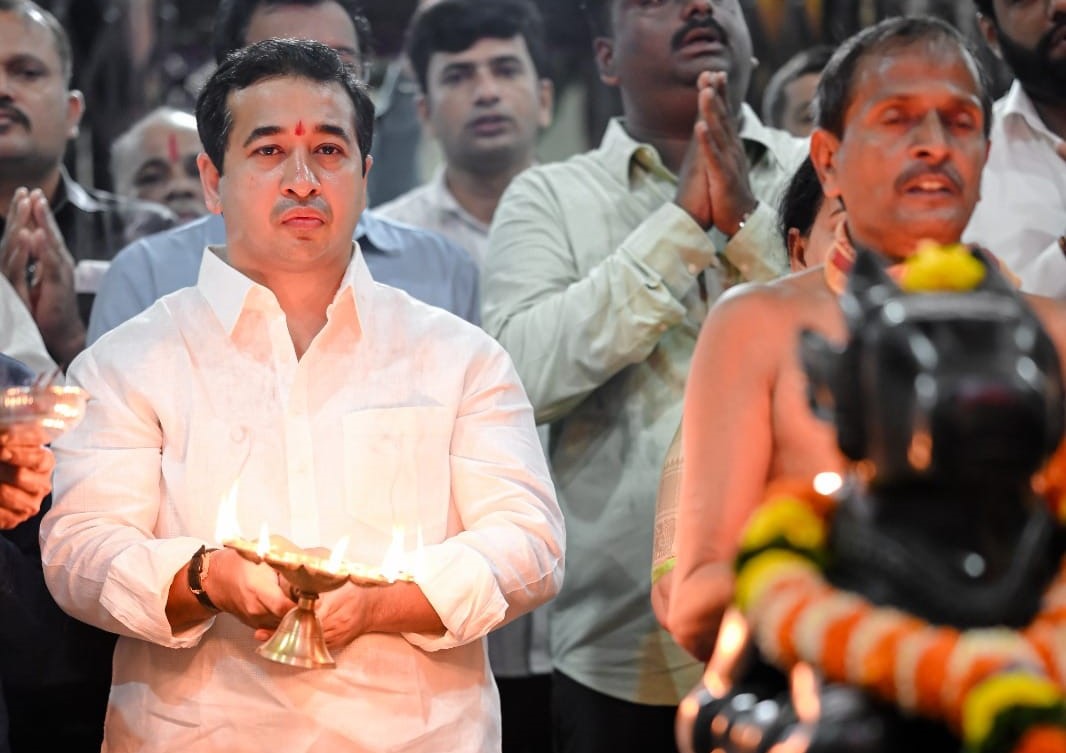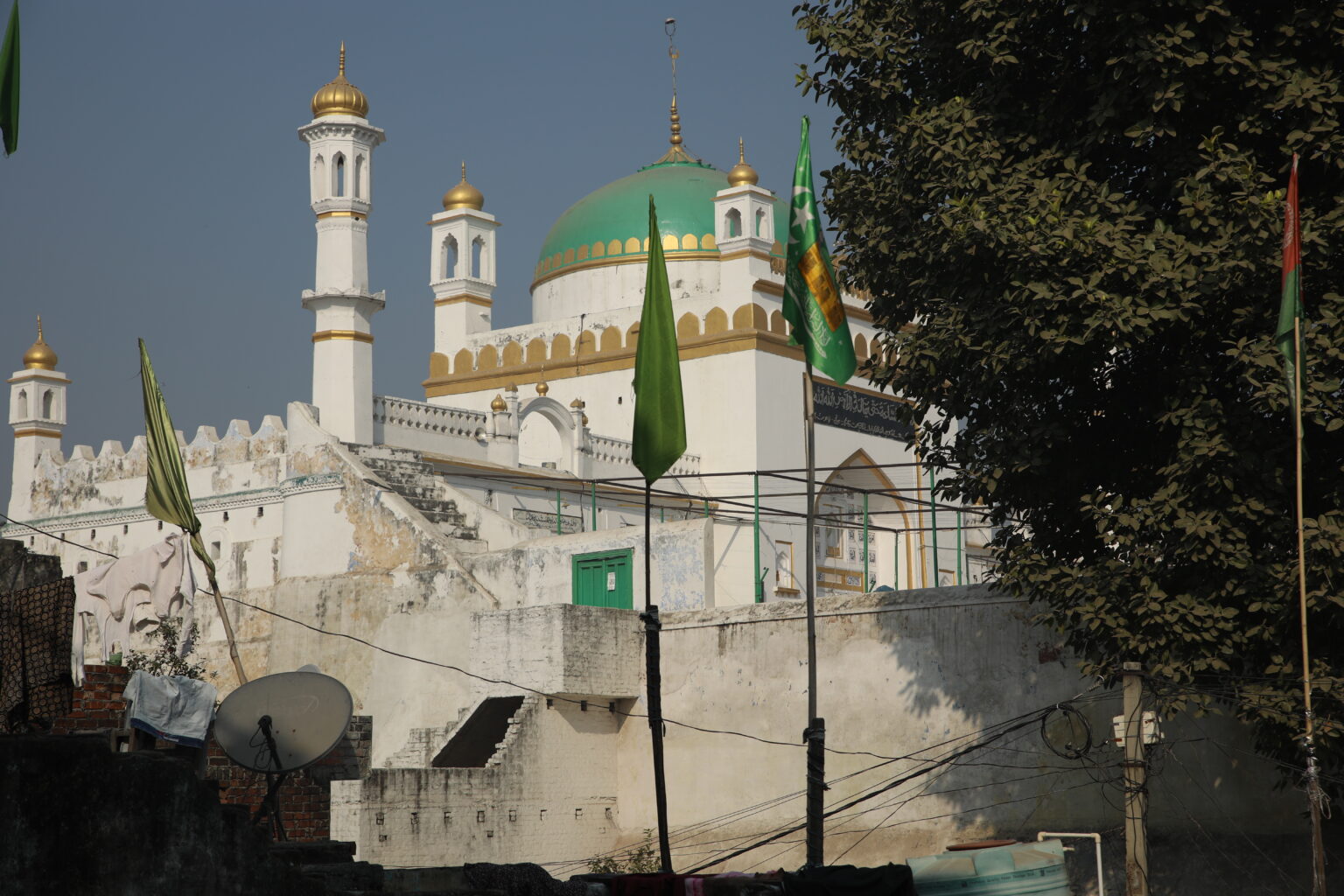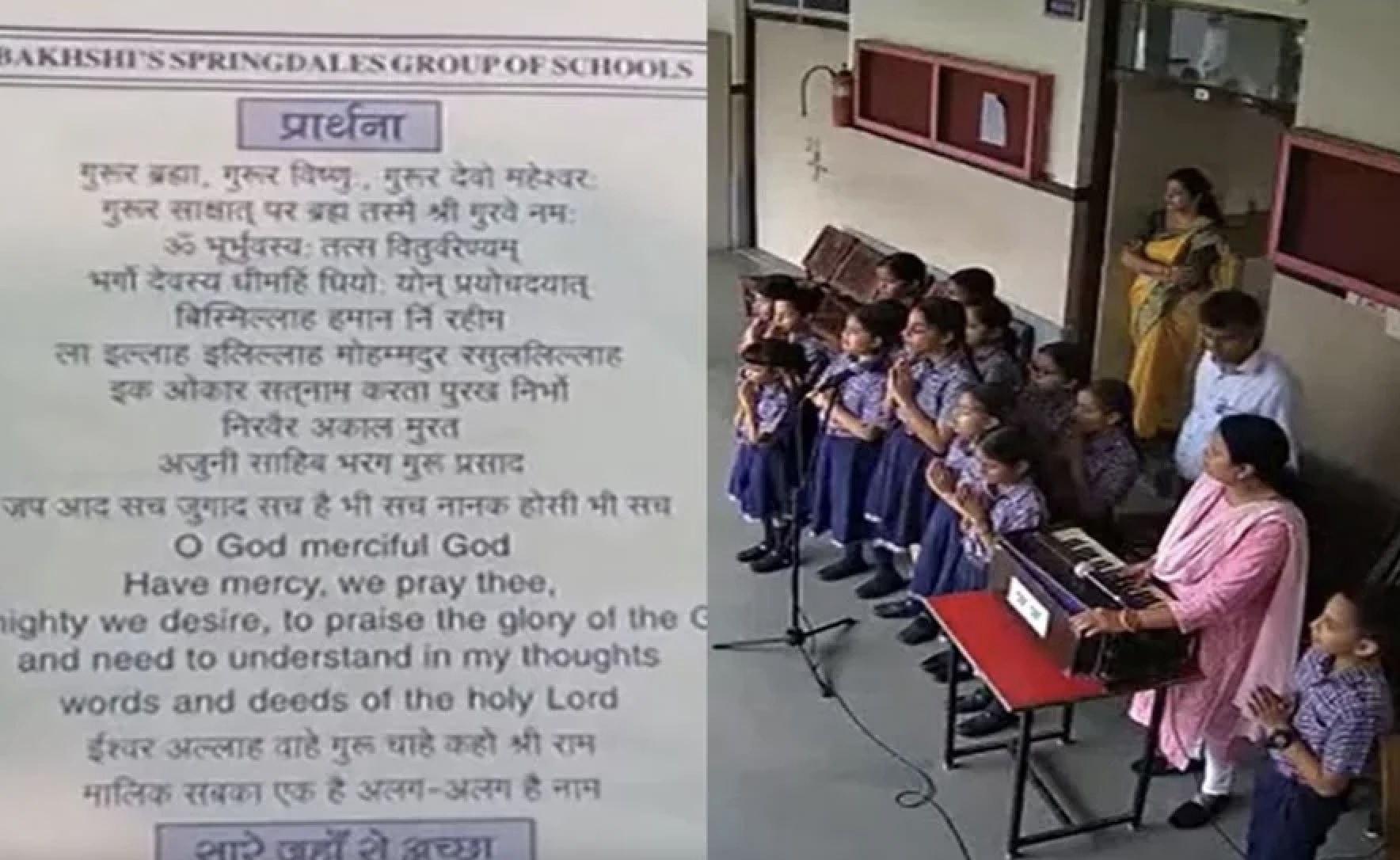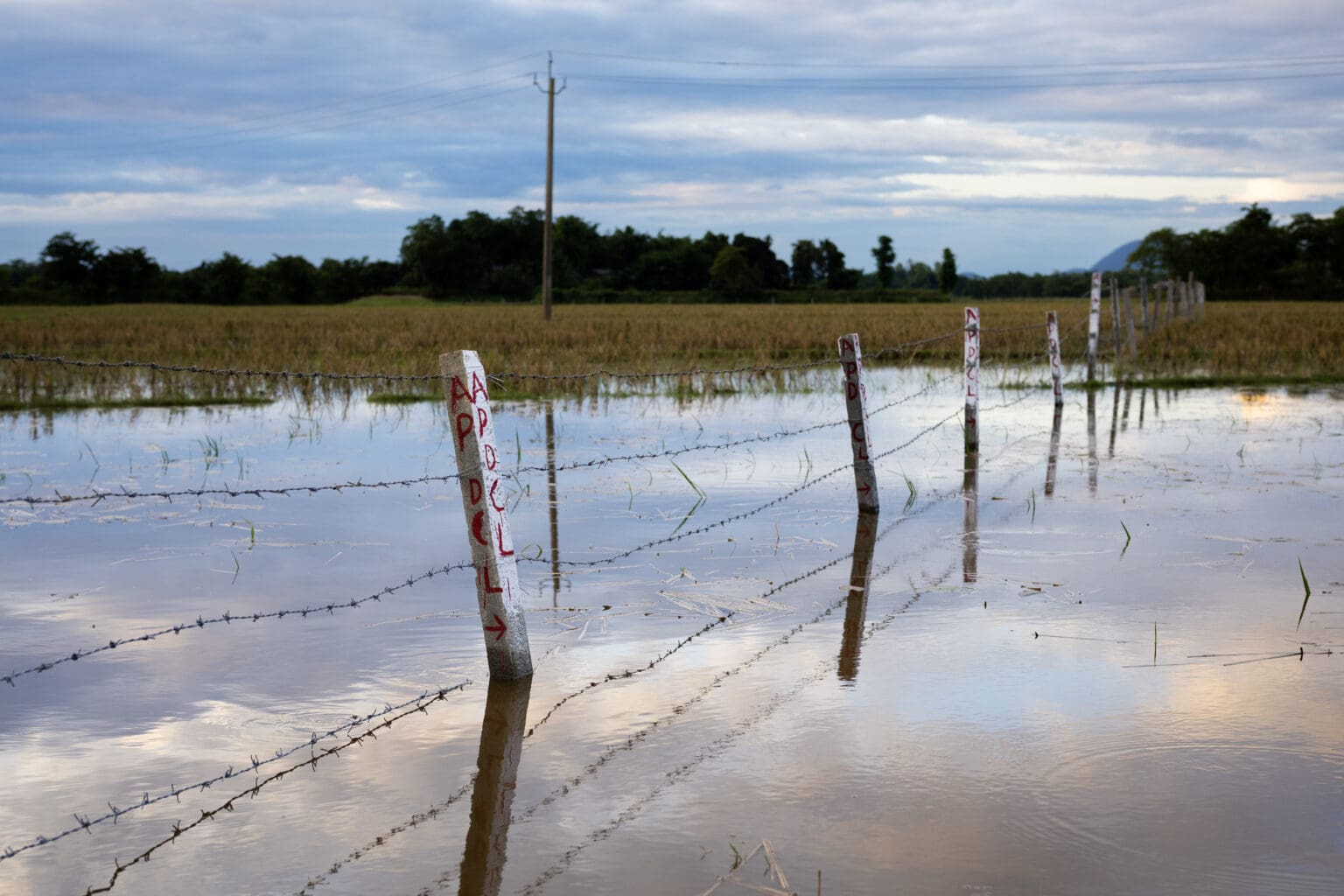
By KAUSHAL SHROFF
Close to 6 pm on 24 February, a small group of around ten Delhi Police constables standing near the Fahan International School in Yamuna Vihar, a predominantly Hindu neighbourhood in north east Delhi, charged towards a crowd of Muslim protesters who stood across the nearby Wazirabad road. According to residents, since 11 am that day, the road had become a site of violence between a Muslim group protesting the Citizenship (Amendment) Act, and a Hindu mob that stood alongside the policemen. The Hindu rioters comprised a ragtag bunch of teenagers, young adults and older pot-bellied men, carrying iron rods, wooden planks and bricks in their hands. After at least half an hour of stone pelting, the constables and the mob charged at the Muslim protesters together, with a united cry of “Jai Shri Ram.”
The Wazirabad road divides Yamuna Vihar on one side, and the Muslim neighbourhood of Chand Bagh on the other, which has been a site of anti-CAA protests for over a month. On 23 February, the Bharatiya Janata Party leader Kapil Mishra, while addressing a crowd, gave the Delhi Police a three-day ultimatum to clear the protests at the Chand Bagh road, and threatened that the CAA supporters would take matters into their own hands if the cops failed to do so. The next evening, the area was rampaged by violence, with a nearby petrol pump and several vehicles ablaze, as volleys of stones arced through a smoke-riddled sky across the Wazirabad road.
In the run-up to the charge, the cops near the Fahan International School had been on the defensive. The ongoing stone pelting from both sides appeared to be on equal footing, which fell into a pattern of a volley from one side followed by a counter-volley from the other. I stood behind the Hindu mob and policemen as they hurled stones and abuses at the Muslims. The mob used large cardboard boxes and trays normally used to carry milk packets as shields against the incoming volley of stones. At approximately every ten-minute interval, the cops and the Hindu mob would charge ahead in full steam, only to fall back as another wave of attack came from the other side. At several points through the evening, I heard the sound of gunshots, though I could not identify its origin. A journalist whom I met at the site, however, had photographed a man wielding and shooting a gun from the Yamuna Vihar side towards Chand Bagh.
At around 5.30 pm, I spoke to a head constable outside Fahan International School, who requested not to be identified. He complained bitterly about being abandoned by the senior police machinery. “We are standing here from the morning and no help has arrived yet,” he said. “These behenchods”—sister-fuckers—“have burnt everything. They have set fire to the petrol pump, they have set fire to the nearby hospital, they have burnt ambulances, cars, bikes.” It was unclear whether the Hindu or the Muslim side had set these on fire. The head constable added, “There has been no RAF”—the riot-control paramilitary unit Rapid Action Force—“deployment and we haven’t received any assurance that additional deployment is coming in.”
This story first appeared on caravanmagazine.in






